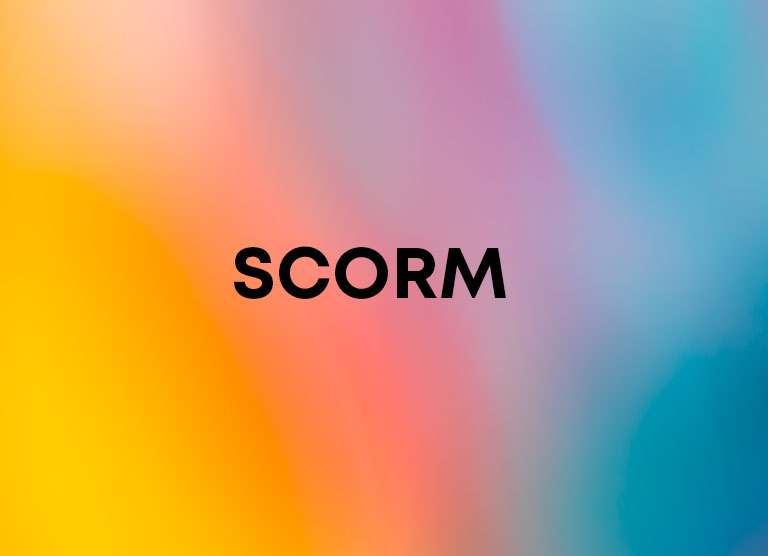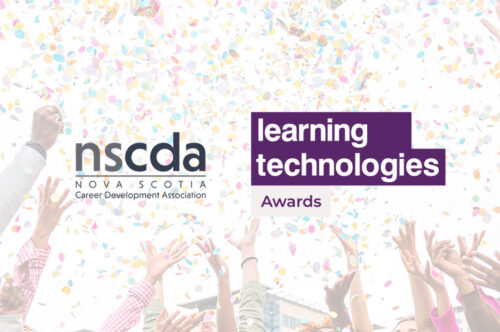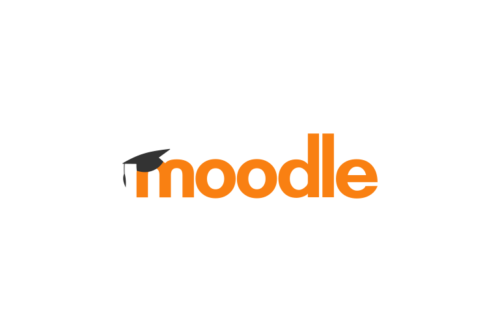SCORM is a long-standing standard that provides a foundation for eLearning interoperability. But what exactly is it, why does it matter, and is it still relevant in today’s rapidly evolving learning technology landscape?
Let’s explore this important standard and why it continues to be significant for learning professionals.
What is SCORM?
SCORM (Sharable Content Object Reference Model) is a collection of technical standards that enables eLearning content and Learning Management Systems (LMS) to communicate with each other. Developed by the Advanced Distributed Learning (ADL) initiative of the US Department of Defense, it was designed to solve a critical problem: how to ensure eLearning courses would work consistently across different systems.
Before the standard, eLearning developers faced significant challenges when creating content for multiple platforms. A course developed for one LMS often wouldn’t function properly in another, requiring expensive and time-consuming redevelopment for each system.
How SCORM works
At its core, SCORM provides specifications for how content should be packaged and how it communicates with an LMS. The standard enables several crucial functions:
- Content packaging determines how learning content is bundled into a transferable package that any SCORM-compliant LMS can recognise and import.
- Run-time communication establishes how the content “talks” to the LMS while a learner is taking the course. This includes tracking completion status, quiz scores and bookmarking where a learner left off.
- Sequencing defines the rules for how learners navigate through content, such as requiring certain modules to be completed before others are accessible.
The evolution of SCORM
SCORM has gone through several iterations since its introduction:
- SCORM 1.1 was the initial release in 2001, but had limited adoption due to technical issues.
- SCORM 1.2 quickly followed with improvements and became widely adopted. It’s still supported by most LMS platforms today.
- SCORM 2004 introduced more robust sequencing capabilities and better tracking options. The most recent edition, SCORM 2004 4th Edition, was released in 2009 and remains the final version.
Benefits of using SCORM
Despite being developed before the era of mobile learning and advanced analytics, it continues to offer significant advantages:
- Interoperability ensures your courses will work across different SCORM-compliant systems, protecting your investment in content development.
- Reusability allows learning objects to be used in multiple courses, reducing development costs and time.
- Accessibility means learners can access courses from any compliant LMS with consistent functionality.
- Durability helps futureproof your content as newer systems maintain backward compatibility.
- Tracking provides basic learner data including completion status, time spent and assessment scores.
Limitations
While SCORM remains valuable, it does have several limitations in today’s learning environment:
- Limited tracking capabilities only record basic metrics like completion and scores, missing deeper engagement data.
- Offline learning isn’t well supported, as it typically requires an internet connection and an LMS.
- Mobile learning capabilities are limited, as it was developed before the mobile revolution.
- External activities can’t be tracked, as it only monitors activities within the LMS.
- Social and collaborative learning isn’t addressed in the standard.
Is SCORM still relevant?
The short answer is yes. Despite newer standards like xAPI (Experience API) and cmi5, SCORM remains widely used for several reasons:
- Universal support means virtually all LMS platforms remain compliant.
- Established workflows exist in most eLearning development teams for creating compliant content.
- Familiar authoring tools like Articulate Storyline, Articulate Rise and Adobe Captivate continue to output SCORM packages as their primary format.
- Simple implementation requirements make it useful for organisations with limited technical resources.
When to use SCORM
SCORM remains an excellent choice for eLearning courses:
- Formal training delivered through an LMS where basic completion tracking is sufficient.
- Content that will be deployed across multiple systems or LMS platforms.
- When working with limited technical resources or expertise.
- Self-paced courses with standard interactions and assessments.
- When compliance with established organisational standards requires it.
Moving forward
For learning professionals today, the most practical approach is often to understand both SCORM and newer standards like xAPI:
- For straightforward eLearning delivered via an LMS, SCORM remains efficient and widely supported.
- For advanced tracking, mobile learning, offline capabilities and integration with performance data, consider supplementing with or transitioning to xAPI.
- Many modern learning ecosystems effectively use both standards for different purposes.
SCORM’s widespread adoption, reliability and simplicity ensure it remains a valuable tool in the learning professional’s toolkit. By understanding its capabilities and limitations, you can make informed decisions about when to use SCORM and when to explore other alternatives. The Learning Rooms Bespoke elearning, Rapid eLearning and eLearning course catalogue can be exported to the SCORM standard.
How is your organisation using SCORM today? Are you considering transitioning to newer standards, or finding ways to leverage both approaches? We would love to talk about your thoughts, experiences and future requirements.








